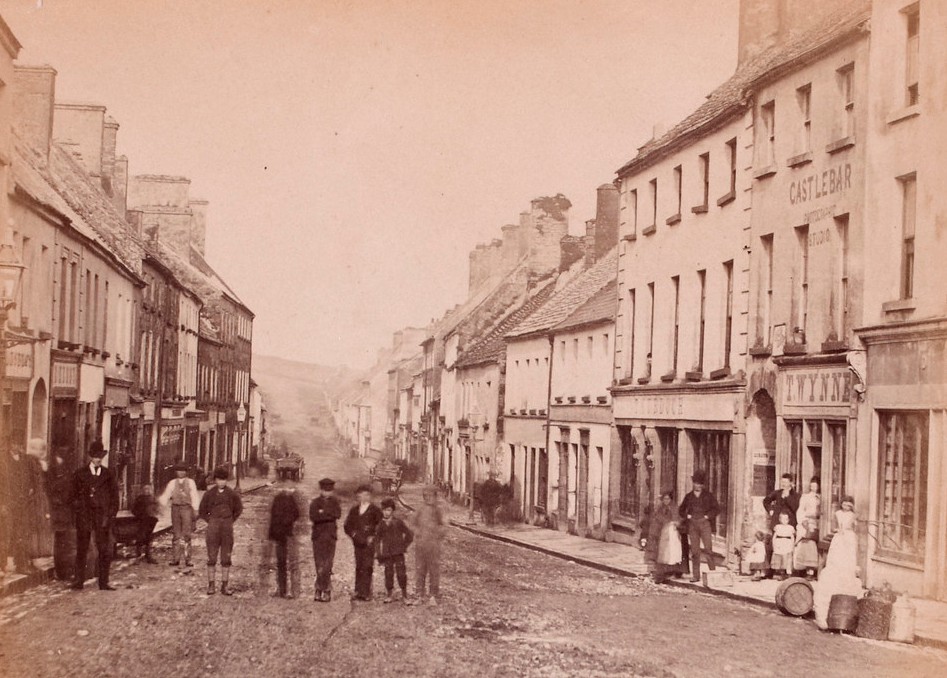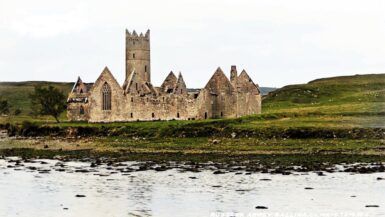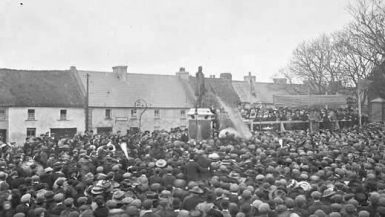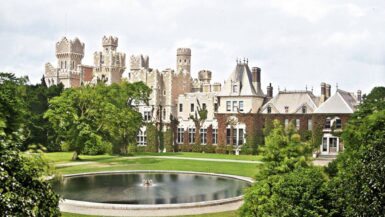Castlebar is a bustling market town and the historical head of a parish, union, and parliamentary borough situated in Carra, County Mayo, in the province of Connaught. Positioned 44 miles southwest from Sligo and roughly 125 miles west-northwest from Dublin, it is home to 10,464 residents, with over half residing in the town itself.
This town traces its roots and significance back to Sir John Bingham, an ancestor of its current proprietor, who initiated the town’s growth by securing a grant for a market and fair in 1609. In 1613, King James I. bestowed upon Castlebar a charter of incorporation, effectively establishing a governance system comprised of a portreeve, fifteen free burgesses, and a commonalty. They even had a Monday court for settling debts under five marks. Furthermore, the portreeve and free burgesses got the right to send two members to the Irish parliament, and the town was granted a second annual fair in 1620.
Castlebar had a turbulent year in 1798 when French forces, led by General Humbert, arrived at Kilcummin Bay in late August. They seized control of Castlebar, despite opposition from General Hutchinson and Lieut.-General Lake, and held it for a few days before retreating ahead of the approaching army of Marquess Cornwallis.
Castlebar town is divided into two roughly equal parts by the Castlebar river, which originates from nearby Lough Lanach. The town, which features a main street nearly a mile long and several offshoot lanes, has 831 homes, with some of the finest built around a lovely town green. The town also includes a recently built barracks, accommodating both artillery and infantry.
Despite a decline in the once-thriving linen industry, the town continues to trade in linen and linen-yarn. It also houses a tobacco and snuff factory, a soap and candle factory, a brewery, and a tannery. Market day is Saturday, and fairs are held four times a year. The town also hosts a branch of the National Bank and operates within the Foxford excise district.
The town, after the Union, lost its right to elect parliamentary representatives, with Richard, Earl of Lucan, compensated with £15,000. The local government functioned sporadically until 1824, after which it became virtually inactive, resulting in the discontinuation of the court of record.
Castlebar also features an extensive courthouse and a newly built county jail, designed in a radiating pattern with the governor’s house in the center. This jail, designed for classification, holds 140 cells, workrooms, and airing-yards, one of which houses a treadmill for water-raising.
The surrounding parish of Castlebar, also known as Aglish, spans 14,794 acres, including about 1400 acres of bog and waste, and the rest being arable and pasture lands. The local scenery is beautifully varied, offering panoramic views of the surrounding mountains.
The town’s people primarily engage in farming and quarrying high-quality limestone for building purposes. Lord Lucan once operated a manorial court in Castlebar, but it has been inactive for several years.
Castlebar is home to a beautiful church built in the later English style, serving as a hub for the local Christian community. The town also has a Roman Catholic district that includes Ballyhane and Breafy, with two chapels located in Castlebar and Ballyhane. There is also a place of worship for Wesleyan Methodists.
The town features a large county infirmary and two dispensaries serving both the town and the larger barony of Carra. The union workhouse, completed in 1841, can accommodate 600 paupers. Notably, the Earl of Lucan, who lives in the romantically situated Castlebar House, holds the secondary title of Baron Lucan of Castlebar.
Adapted from: Lewis – A Topographical Dictionary of Ireland
Photo from: The Lawrence Collection






Leave a reply